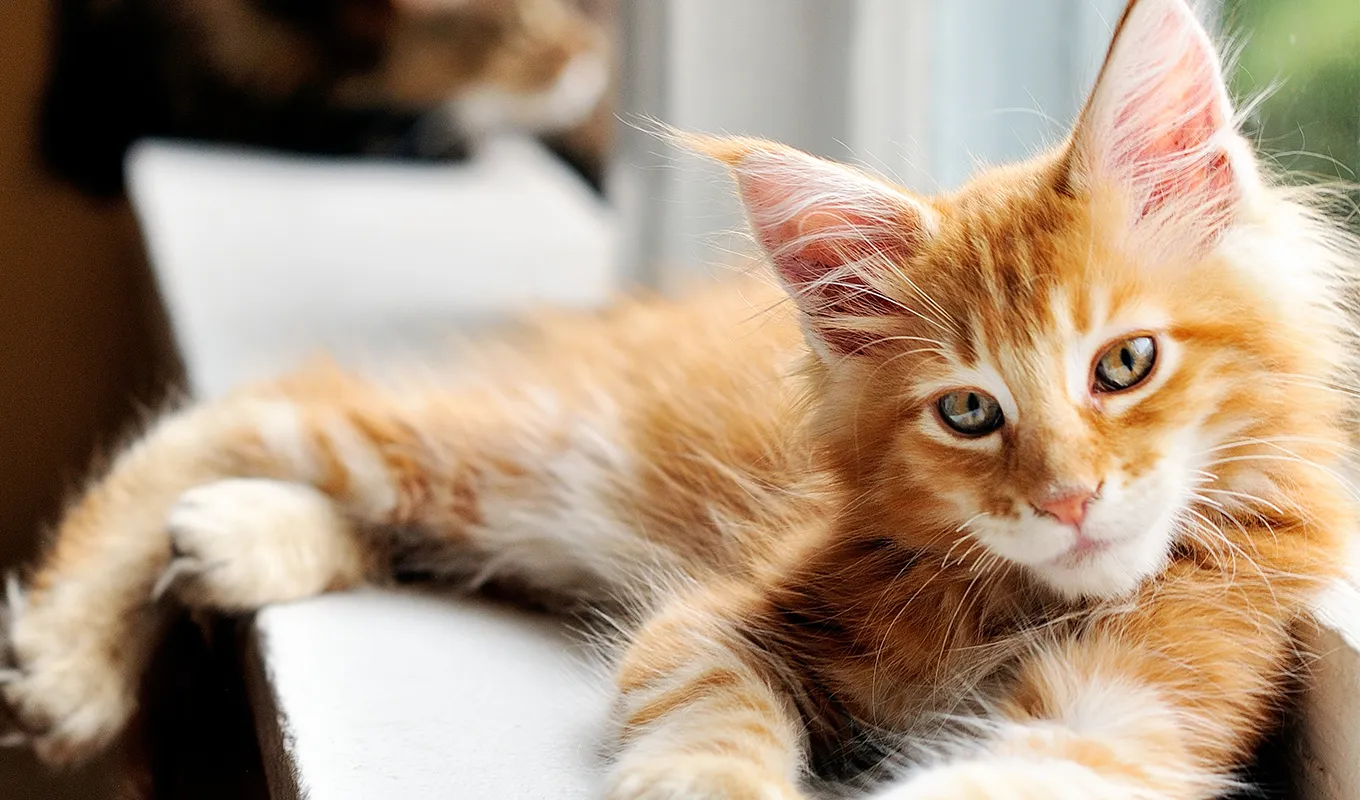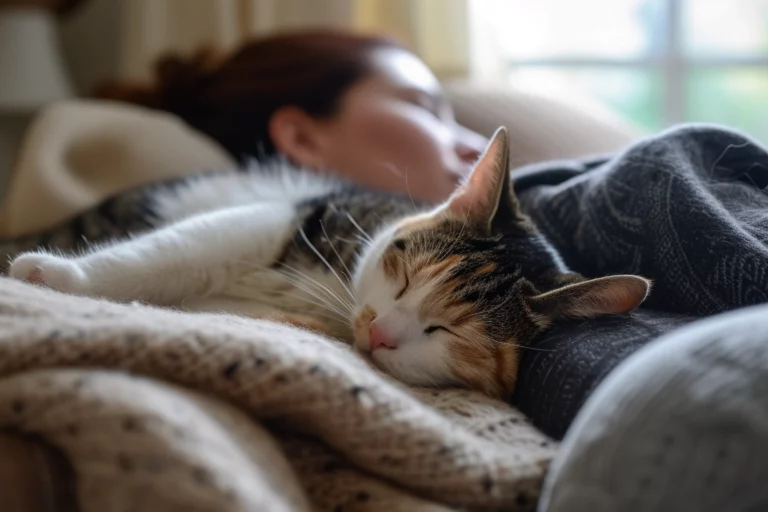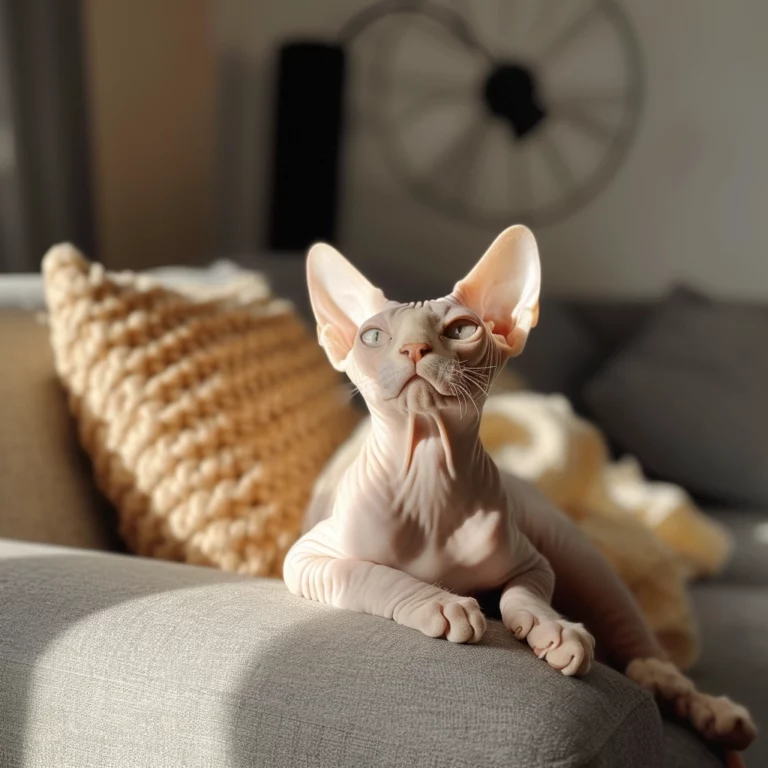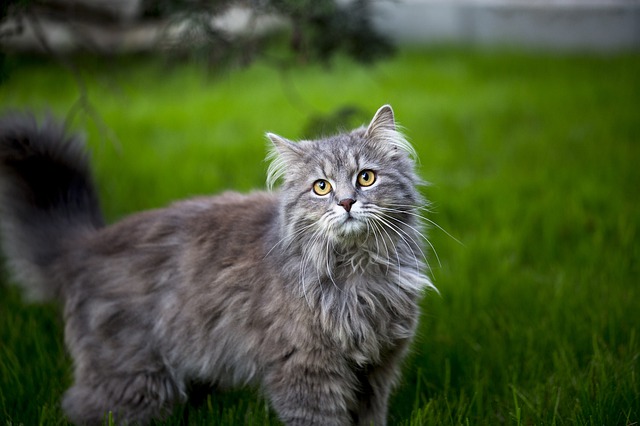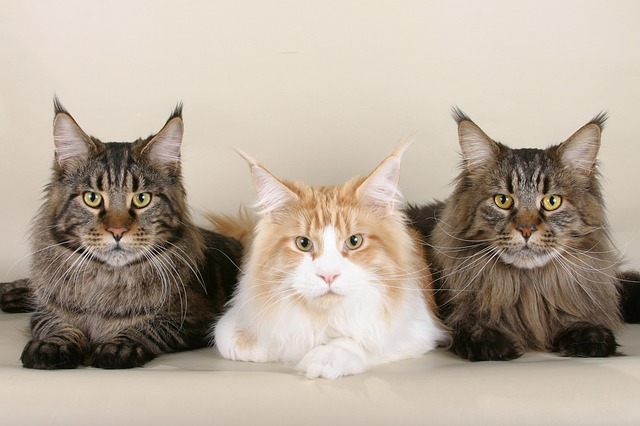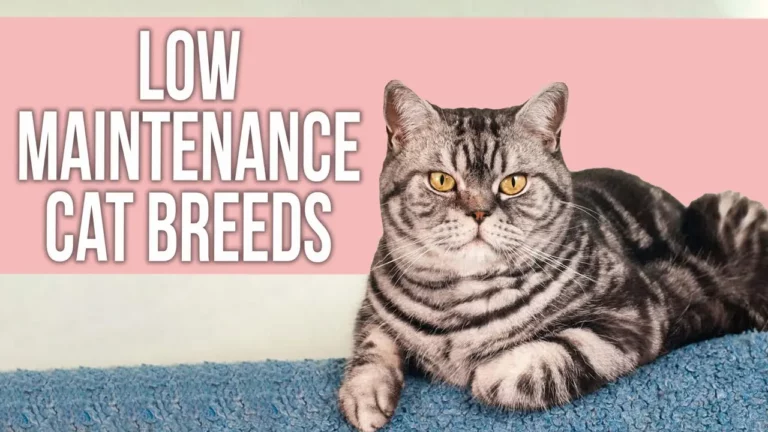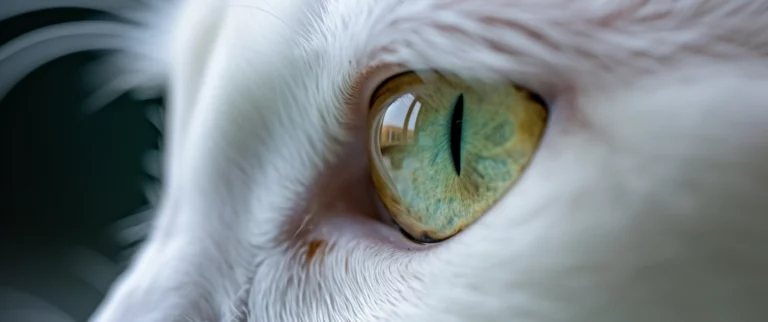Why Are Orange Cats So Big? Everything You Need To Know About Orange Cats, Their Genetics & More
Have you ever wondered why orange cats often seem larger than their feline counterparts?
It’s not just your imagination; there’s a fascinating explanation behind their impressive size.
With around 80% of all orange cats being male, and males typically larger than females in the
But there’s more to their size than just gender differences.
Intriguingly, research has shown that the personality of these fun and friendly felines might also play a role in their physical stature, especially in different environments.
From rural expanses to bustling urban areas, the way orange cats use their size and sociability can vary significantly.
This article will investigate into the science behind why orange cats are so big, offering insights that might surprise even the most seasoned
Join me as we explore the unique world of these charming creatures, shedding light on a topic that’s as intriguing as it is adorable.
Are Orange Cats Considered Rare?
Contrary to popular belief, orange cats are not rare.
But, their distinctive coloring does take center stage in myths, movies, and in the homes of
The main factor that contributes to the misconception of their rarity is their vibrant color, which stands out among other felines.
Let me jump into the genetics and distribution that explain why orange cats are more common than one might think.
Orange cats get their coloring from a gene responsible for the production of red pigments.
This gene is located on the X chromosome.
Since males have XY chromosomes and females have XX, it means that if a male
Females, but, must inherit two copies of the gene to display the color, making orange females less common than males.
Nonetheless, orange cats as a whole are not rare.
About 80% of orange cats are male, so you might think females are the rarer specimen.
While orange females are less common, they’re not considered rare in the grand scope of feline genetics.
For example, cats like Garfield, a household name thanks to his appearances in comics, movies, and merchandise, solidify the presence of orange cats in popular culture, making them seem ubiquitous rather than rare.
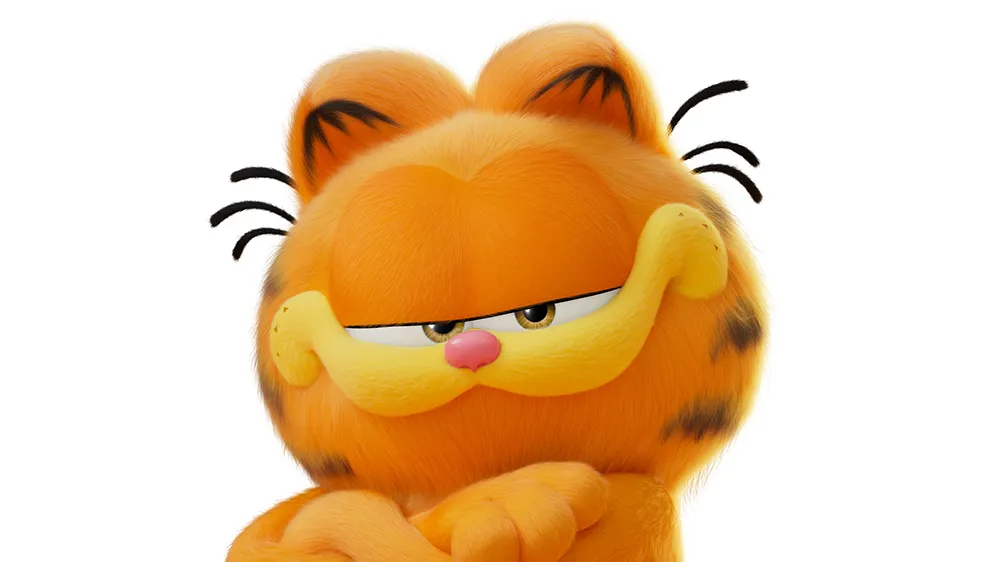
Another point to consider is that orange cats can come in a variety of patterns, including solid, tabby, and tortoiseshell.
The most commonly observed pattern is the mackerel tabby, which may feature stripes, whorls, or spots.
Cats like the famous Morris, who graced television screens in
Hence, while you may find orange cats to be visually striking and somewhat less common in certain patterns or genders, they are not considered rare genetically or statistically.
Instead, their bold color, coupled with significant appearances in media and a strong representation in male felines, keeps them at the forefront of public attention and affection.
Which Cat Breeds Come In Orange Colors?

Many
This variety spans across both long-haired and short-haired breeds, each bringing its own unique charm to the orange palette.
Breeds such as the British Shorthair, Maine Coon, American Curl, Manx, Ragdoll, Somali, Abyssinian, Bengal, Egyptian Mau, Munchkin, and Persian commonly exhibit this captivating color.
How each breed expresses this color can range from solid orange to more patterned appearances, like stripes or patches.
In my experience, the Maine Coon, for example, showcases the warm ginger hues in a majestic fluff, making them not just large in size but also big in personality.
On the other hand, a British Shorthair presents the orange coat in a more subdued, equally elegant manner.
This diversity not only adds to the appeal of each breed but also caters to a wide range of preferences among
Understanding why these breeds often exhibit the orange color involves diving into the fundamental genetics of
The orange color is a result of the pheomelanin pigment, the same pigment that gives redheads their unique hair color.
This pigment is controlled by the O gene, located on the X chromosome.
So, because males have only one X chromosome, if they inherit the O gene, they will be orange.
Females, with two X chromosomes, require two copies of the gene to express the orange color, making the male orange
But, there’s more to an orange
The genetic makeup of these cats ensures that every single one of them has tabby markings.
These markings include the classic M on their forehead, which is so often associated with the “tiger” look.
It’s a beautiful synergy of genetics that ensures while the base color might be solid, the patterns bring depth and character to their appearance.
5 Facts About Orange Cats
Exploring the majestic world of orange cats uncovers a treasure trove of fascinating facts about these vibrant felines.
Here, I’ll unveil some key insights that not only enlighten but also enrich our appreciation for these ginger beauties.
They Are Usually Large
One cannot help but notice the impressive stature of many orange cats.
This isn’t just a trick of the eye; orange cats often appear larger due to their predominantly male population and specific genetic factors.
Breeds like the Maine Coon, which comes in stunning shades of orange, can weigh as much as 18 pounds.
The British Shorthair, another breed that frequently dons an orange coat, is well-known for its robust build. Hence, when we notice the grandeur of an orange
They Have Many Patterns
Orange cats enchant with a variety of patterns, each adding character and uniqueness to their appearance.
All orange cats exhibit tabby patterns, ranging from classic swirls to mackerel stripes that dance across their coats.
For instance, the Classic tabby often presents with bold, swirling patterns that resemble marble cake, while the Mackerel tabby resembles the tiger with its narrow stripes.
The diversity of patterns underscores the individuality of each orange
They Aren’t A Particular Breed
Contrary to common belief, orange cats aren’t confined to a specific breed.
This fascinating hue graces a wide range of
The pigment responsible for their distinctive coat, pheomelanin, is present across many breeds. Hence, when you encounter an orange
This fact dispels myths and broadens our understanding of
They Have a Distinct Forehead Marking
A hallmark feature of these ginger felines is the distinct “M” shaped marking on their forehead.
This marking, a unique trait among tabbies, is steeped in folklore but essentially comes down to genetics. Every orange tabby, regardless of the specific pattern, carries this mysterious emblem.
Examples abound, from the lounging house
This signature trait ties generations of orange cats together, creating a unifying thread through history.
They Can Have a Variety of Eye Colors
Diving deeper into the allure of orange cats, their eye colors present a kaleidoscope of possibilities, from deep gold to sparkling green.
The genetic blueprint that dictates coat color in cats is entirely distinct from the one that determines eye color. So, orange cats can boast a stunning array of eye colors, adding to their enigmatic charm.
For instance, you might encounter a Maine Coon with mesmerizing green eyes or a British Shorthair whose gold eyes seem to glow.
This variability adds another layer of beauty and mystery to these already captivating creatures.
In sharing these facts, my aim is to deepen your appreciation for orange cats, illuminating the science and splendor behind their enchanting features.
These insights not only make conversations about orange cats more interesting but also enhance our understanding and connection with these remarkable animals.
Why Do People Consider Orange Cats Larger Than Others?
The fascination with the size of orange cats isn’t just a tale spun from thin air.
It’s rooted in a blend of genetics, male dominance, and the iconic imagery provided by pop culture. Diving into the world of British Shorthairs, Maine Coons, and the beloved tabby pattern, it’s clear that the interplay between genetic predispositions and environmental factors plays a pivotal role.
The orange tabby, predominantly male, carries with it not just a striking color but a stature that often surpasses expectations.
This isn’t merely coincidence; it’s a testament to the intriguing genetic world that defines them.
Their prominence in stories and media, epitomized by Garfield, only adds to their larger-than-life reputation.
So next time you find yourself marveling at the size of an orange
